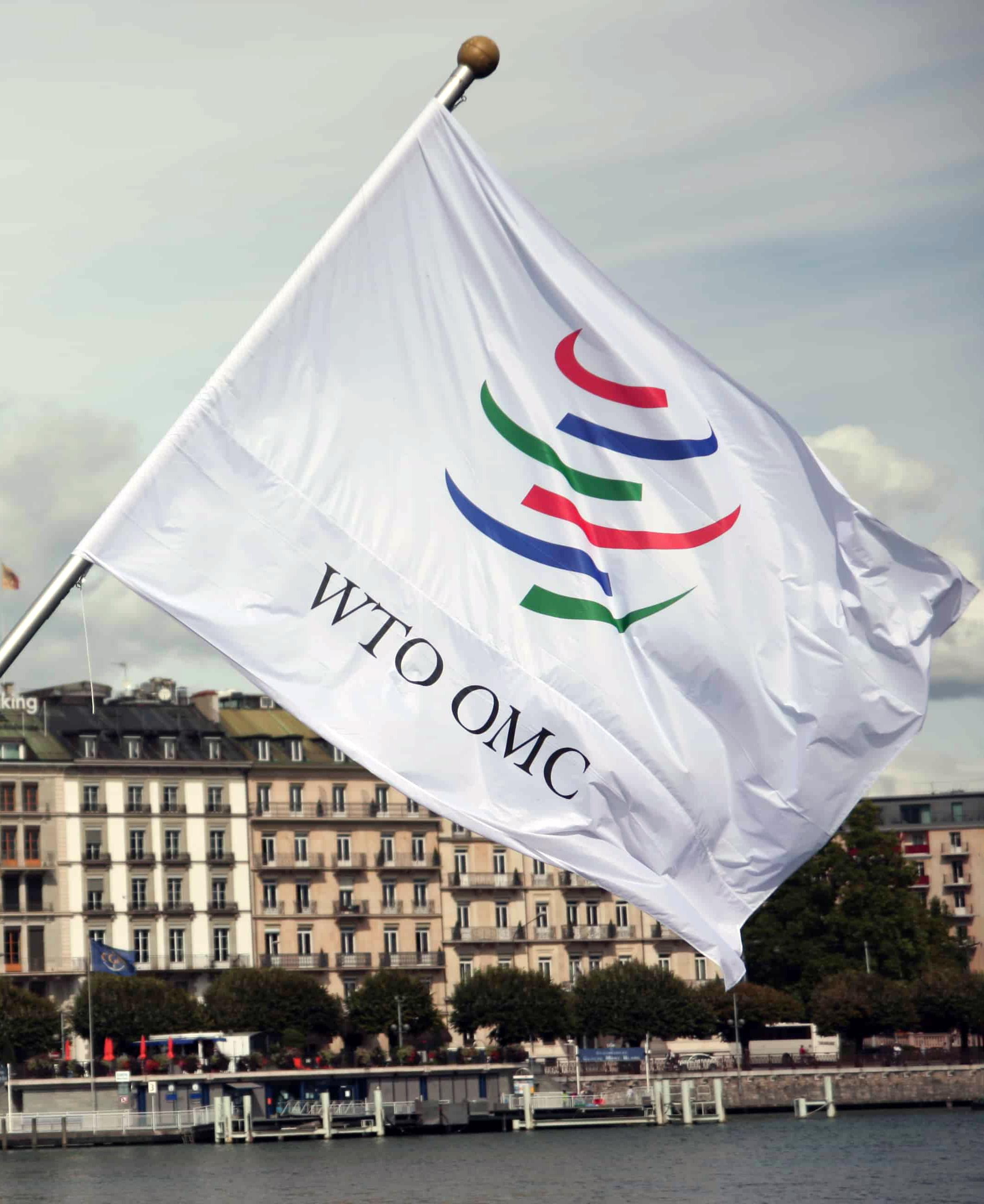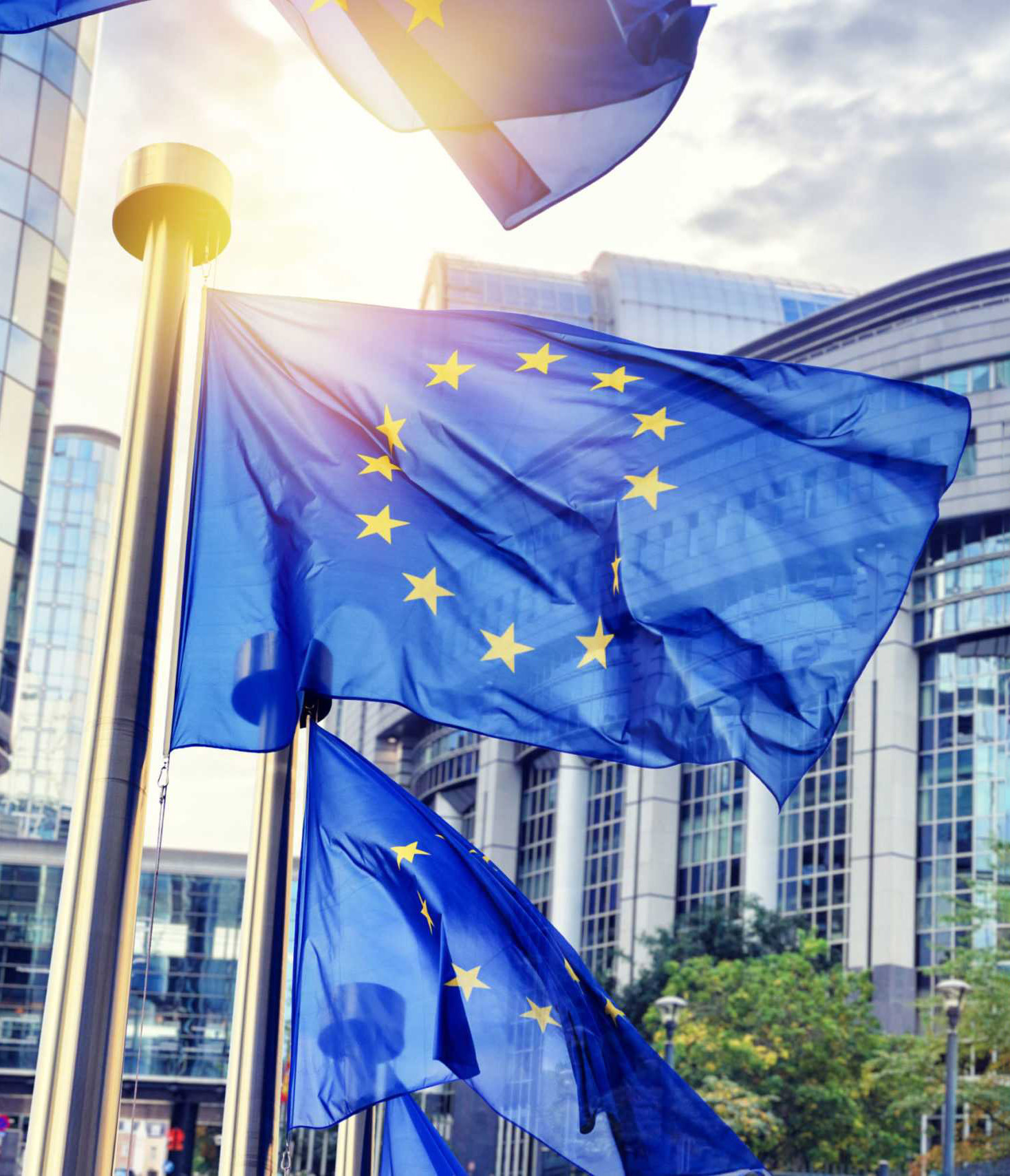Supranational Regulation of Public Procurement
In some cases, public procurement is regulated not only by national law but also by international legal agreements and regimes. Such practice is typical for both international organizations and integration associations. At the same time, supranational regulatory regimes may have different approaches to participants, especially with regard to the application of certain rules and regulations.
By the number of countries with supranational regulation of public procurement, the most significant examples are the World Trade Organization (WTO) and the European Union (EU). Another interesting example is the use of supranational regulation within the Eurasian Economic Union (EAEU).
World Trade Organization

Within the framework of the World Trade Organization (WTO), the main document regulating public procurement is the WTO Agreement on Government Procurement (GPA) adopted in March 2012. Participation in the agreement is not mandatory, it is also referred to as “plurilateral agreement within the framework of the WTO” in the documents of the organization.
As of 2023, 49 WTO member countries are parties to the GPA. Another 35 WTO member countries are observers and 10 of them are negotiating to sign the Agreement. The WTO estimates that the GPA covers a government procurement market of more than USD 1.7 trillion.
Article XXII of the Agreement stipulates the need for further work by the Parties to improve the provisions of the GPA. The main areas for further work are efforts to reduce barriers in the access to the public procurement market, as well as the expansion of areas, industries, groups of goods, work and services to which it applies.
- Text of the Agreement. It establishes rules requiring open, fair and transparent competition in public procurement, defines the key principles of the Agreement, special and differential treatment (SDT) for developing countries, possible exemptions from the scope of the Agreement, and regulates procedural aspects of public procurement (tender documents, technical requirements, time limits for different tender stages, etc.). The GPA also covers the use of electronic platforms for tenders, transparency in public procurement and dispute resolution mechanisms.
- Coverage schedules. The coverage schedules are an integral part of the WTO GPA and are contained in Appendix I to the Agreement. The coverage schedule of each party contains several annexes which define the concerned party's commitment with respect to four dimensions of coverage:
- the procuring entities covered by the Agreement;
- the goods, works and services covered by the Agreement;
- the threshold values above which procurement activities are covered by the Agreement (expressed in both local currency and International Monetary Fund Special Drawing Rights — IMF SDR);
- exceptions to the coverage.
As of 2023, the threshold levels applied by most parties to the Agreement were (in IMF SDR):
Goods and services
Construction services
Annex I
(Central Government Entities)
Annex II
(Sub-central Government Entities)
Annex III
(Other Entities)
European Union (EU)

The EU's approach to public procurement is based on a policy of a single market and access for suppliers of the Union's member states both to procurement within all member states and to procurement for the needs of the entire association. EU procurement policy is based on the following principles:
- Transparency of procurement conditions, procedures and outcomes. It includes the right of access to official documents of the EU institutions, as well as legislative drafts, minutes of meetings, etc.
- Equal treatment of suppliers, i.e. no direct or indirect discrimination on national, ethnic, gender, religious or other grounds.
- Open competition.
- Mutual recognition, which means that any product legally sold in one EU country can also be sold in another.
- Sound procedural management.
Public procurement in the EU member states is conducted in accordance with national legislation. The application of European law in public procurement is mandatory if the following three conditions are met:
- contracting authority is the central public authority, regional public authorities, as well as other public authorities;
- subject matter of the contract is the procurement of goods, performance of works or provision of services;
- contract value exceeds the approved price threshold. Limit values depend on the subject matter of the procurement or the contracting authority and are reviewed on a regular basis.
Contract Thresholds
- Works contracts — EUR 5,382,000.
- Contracts for the supply of goods and subsequent maintenance — EUR 431,000
- concession contracts for all goods and services — EUR 5,382,000.
Price thresholds for central contracting authorities:
- works contracts, subsidized works contracts — EUR 5,382,000;
- contracts for socially significant services (more details in Annex XIV) — EUR 750,000;
- contracts for subsidized services — EUR 215,000;
- other contracts for services –
EUR 140,000; - all supplies contracts awarded by contracting authorities not operating in the field of defense — EUR 140,000;
- supplies contracts awarded by contracting authorities operating in the field of defense (for goods from Annex III — EUR 140,000, for other goods —
EUR 215,000).
Price thresholds for sub-central contracting authorities:
- works contracts, subsidized works contracts — EUR 5,382,000;
- contracts for socially significant services (more details in Annex XIV) — EUR 750,000;
all other contracts — EUR 215,000.
- works contracts — EUR 5,382,000;
- contracts for socially significant services (more details in Annex XVII) — EUR 1,000,000;
- all other service and goods contracts — EUR 431,000
The EU Directives define methods for calculating the estimated value of a public contract and also establish requirements for the placement of information on public procurement. Types of notices include the following:
- Prior Information Notice. The purpose is to communicate the public body's intention to organize bids within 12 months, thereby shortening the timeframe for receipt of tenders once a competitive bid has been placed. The publication of a Prior Information Notice does not oblige the procuring entity to carry out the relevant public procurement.
- Contract Notice. The contracting authority shall publish information about the upcoming public procurement on the TED web portal in the approved form. The nature, scope, duration and value of the contract must be specified.
- Contract Award Notice. No later than 30 days after the award of the contract, the contracting authority shall send relevant information to the Tenders Electronic Daily (TED), including details of the value, duration of the contract and the successful tenderer.
Eurasian Economic Union

The EAEU's approach to the regulation of public procurement within the association is based on the Treaty on the Eurasian Economic Union, which entered into force in 2015, namely Section XXII “State (Municipal) Procurement”, as well as Annex No. 25 to the Treaty (Protocol on the Procedure for Regulating Procurement).
- regulation of relations in state and municipal procurement is based on the legislation of member states on procurement and international treaties of member states;
- requirement to ensure the optimal and efficient use of funds used for procurement in member states;
- providing member states with national procurement treatment. At the same time, a member state of the EAEU has the right to unilaterally establish, in exceptional cases, exceptions to the national treatment for a period not exceeding 2 years, in accordance with the national legislation on procurement;
- inadmissibility of treating third countries more favorably than member states in procurement;
- information openness and transparency of procurement;
- unimpeded access for potential suppliers and suppliers of member states to participate in procurement conducted in electronic format through mutual recognition of an electronic digital signature produced under the law of one member state by another member state;
- existence of authorized regulatory and supervisory procurement authorities in member states (these functions may be performed by one body);
- establishing liability for violations of member states' procurement laws;
- development of competition, as well as countering corruption and other abuses in procurement.


